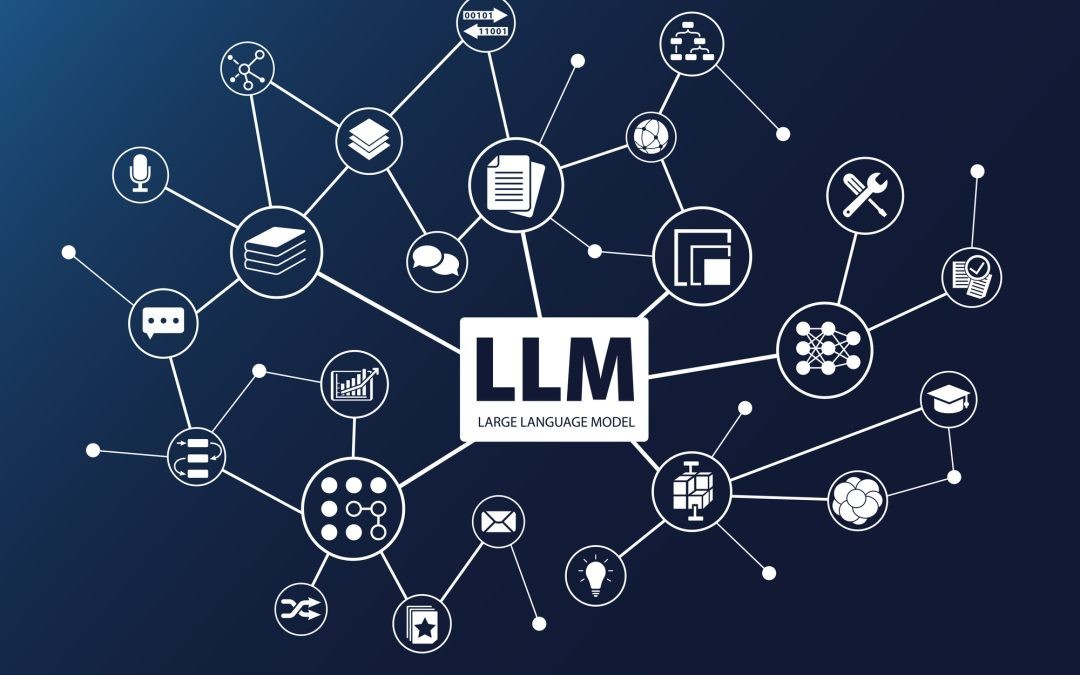ENTRE News – LLM (Large Language Model) has now become one of the most talked about programs, along with the rapid development of generative AI (Artificial Intelligence). For your information, generative AI is an AI program that is able to process new content based on user commands. Some examples of generative AI that are currently well-known include ChatGPT, Bing AI or Copilot, and Bard.
Each of these AI programs is supported by an LLM. For example, to be able to respond to various user commands, ChatGPT is supported by an LLM called GPT (Generative Pre-training Transformer). Then, Bing AI, which is a chatbot program from Microsoft, also uses LLM GPT. Meanwhile, Bard, which is a chatbot program from Google, uses its own LLM, namely LamDA (Language Model for Dialogue Applications). LLM has an important role behind these AI programs. Because it has an important role, it would be interesting to find out more about LLM. So, what exactly is an LLM?
What is an LLM?
LLM is a program or model that can recognize and generate text, as well as process language. LLM’s capabilities make it able to interact or communicate with users using natural language. To carry out this capability, LLM is trained using very large data sets. that’s why LLM is called a “large” language model. LLM is built on machine learning, specifically a type of artificial neural network known as a Transformer model. This machine learning makes LLM able to predict and process text from the commands given. LLM is trained using datasets coming from various sources, consisting of thousands or millions of gigabytes of text. Data quality influences how well an LLM can learn a language naturally. Therefore, LLM usually uses more curated datasets. The LLM also uses a type of machine learning called deep learning to understand how characters, words, and sentences work. Deep learning involves probability analysis on unstructured data. This analysis allows the deep learning model in LLM to recognize differences between text content independently without requiring much user or human assistance. To perform specific tasks, LLMs are further trained through customization. LLM is customized to suit the developer’s wishes, so that it can interpret questions, generate responses, or translate text from one language to another. From the various exercises undertaken, LLM can also be called a program that has been given quite a lot of “food” or “examples”, so that it is able to recognize and understand human language or other types of complex data.
Use of LLM
LLM has many uses. One of the most well-known uses of LLM is in generative AI, as explained above. Generative AI is able to generate text in response to user prompts or commands. One example of generative AI that uses LLM is ChatGPT. ChatGPT can produce various types of text, such as essays, articles, instructions, and other forms of text based on prompts entered by the user. Large and complex datasets can be used to train LLMs, including programming languages. Some LLMs can help programmers write code. In this case, LLM can be used to help complete the writing of a program.
How LLM works
At a basic level, the LLM is built on machine learning. Machine learning is a subset of AI that refers to the practice of feeding a dataset to train a program to identify features from that data without human intervention. LLM uses a type of machine learning called deep learning. Deep learning models can essentially train themselves to recognize differences without much human intervention. Deep learning uses probability to learn. For example, in the sentence “I ate meat with rara”, the letter “a” is the letter that appears most often, where “a” appears 8 times in that sentence. Then, deep learning learns sentence patterns again in other sentences. From here, the deep learning model can understand that there are characters, words or letters that appear most frequently in text in a particular language. After analyzing large amounts of sentence data, deep learning can learn and ultimately predict how to logically complete incomplete sentences in a given language. Deep learning can also generate its own sentences from previous data. Quoted from Cloudflare, to carry out this deep learning, LLM is built on artificial neural networks. The function of the artificial neural network in LLM is similar to the human brain which consists of neurons to connect and send signals. Artificial neural networks or what are usually called neural networks in LLM consist of network nodes that are connected to each other. Network nodes consist of an input layer and an output layer. The layers only pass information to each other if their own output has passed a certain threshold. The particular type of artificial neural network used for LLM is called a Transformer model. Transformer models can learn context. The transformer model uses a mathematical technique to detect elements in an interconnected sequence. This technique makes Transformer mode able to understand context. The Transformer Model allows LLM to understand context, for example, how the end of a sentence is connected to the beginning and how the sentences in a paragraph are related to each other.
The Transformer Model also allows the LLM to interpret human language, even when that language is vague or poorly defined. Transformer models can contextualize unclear language in new ways. At a certain level, the Transformer model can understand the meaning of sentences. These models can associate words based on their meaning, after seeing and learning the words grouped together millions or billions of times.
